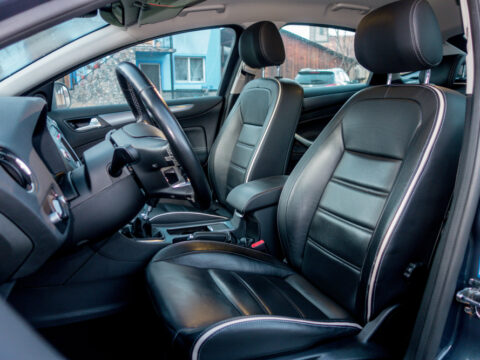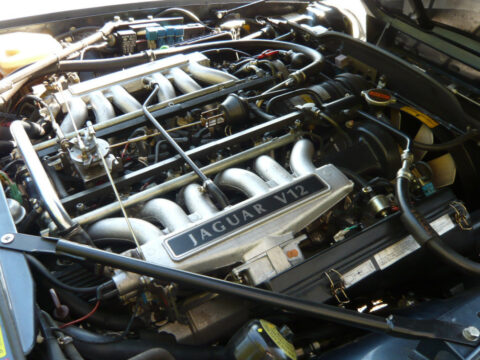Not every car with groundbreaking technology is destined for success. In fact, some of the most innovative vehicles have struggled to gain traction in the market. Whether due to high costs, impractical features, or simply bad timing, these 25 cutting-edge cars ultimately flopped despite their impressive advancements.
Contents
DeLorean DMC-12
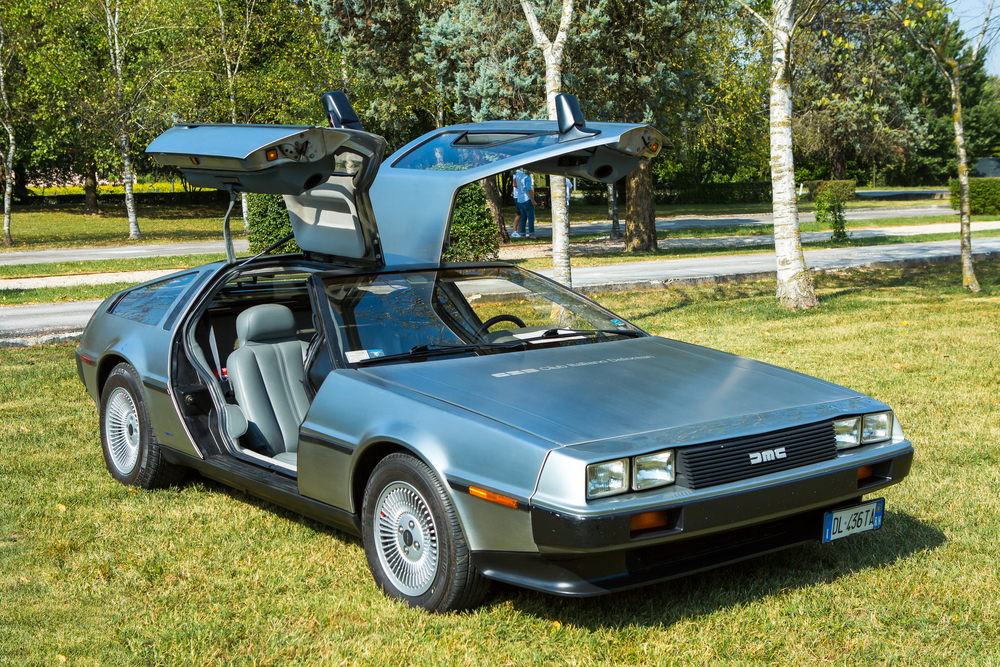
Known for its iconic stainless steel body and gull-wing doors, the DeLorean DMC-12 was a futuristic car featured in “Back to the Future.” However, despite its eye-catching design, it was plagued by underpowered performance, with a sluggish 130 horsepower engine, and high production costs. Mismanagement of the company and poor timing in a struggling economy ultimately led to its failure, making it more of a cultural icon than a commercial success.
Tucker 48

The Tucker 48 was a revolutionary car for its time, offering safety features like a pop-out windshield and a rear-mounted engine. It was ahead of its era, but the company only managed to produce 51 cars before shutting down, largely due to legal issues and lack of financing. While its technology was cutting-edge, poor business strategies doomed the Tucker 48 to become more of a collector’s item than a lasting market contender.
Fisker Karma
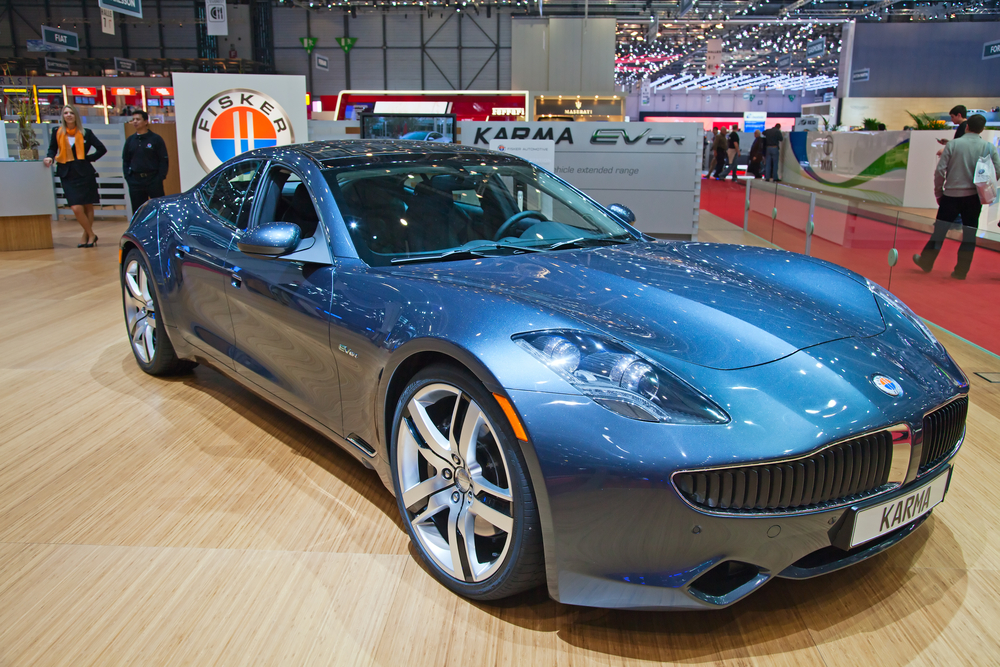
A sleek luxury plug-in hybrid with impressive styling, the Fisker Karma promised a sustainable future with high performance. However, frequent technical issues, including battery failures, along with high prices, led to its downfall. Despite its ambition, Fisker couldn’t keep up with Tesla’s electric offerings, leaving the Karma as an ambitious but flawed product.
Chevy Volt

As one of the first plug-in hybrid vehicles, the Chevy Volt aimed to revolutionize the electric car market. It offered a unique dual powertrain that could run on electricity and gasoline, yet it failed to generate enough mainstream interest. High costs and a limited electric range compared to emerging fully electric vehicles made it less competitive, ultimately leading to its discontinuation.
Coda EV
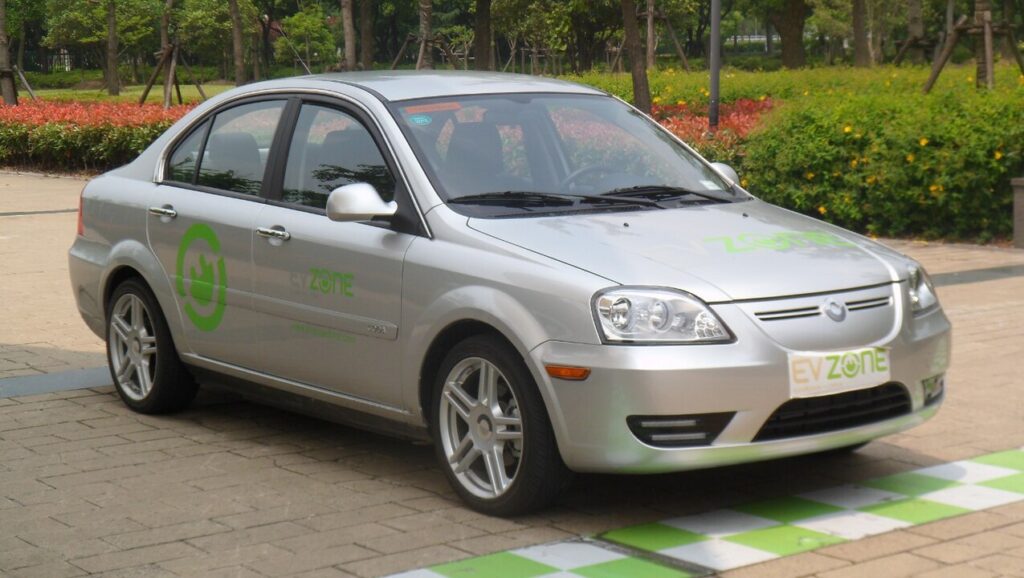
The Coda EV was an all-electric sedan introduced at a time when electric cars were gaining attention. Unfortunately, its outdated design and lackluster marketing failed to excite consumers. Additionally, its limited range and high price didn’t stack up well against better-looking, better-performing competitors like the Nissan Leaf or Tesla Model S, resulting in poor sales and the company’s collapse.
BMW i8
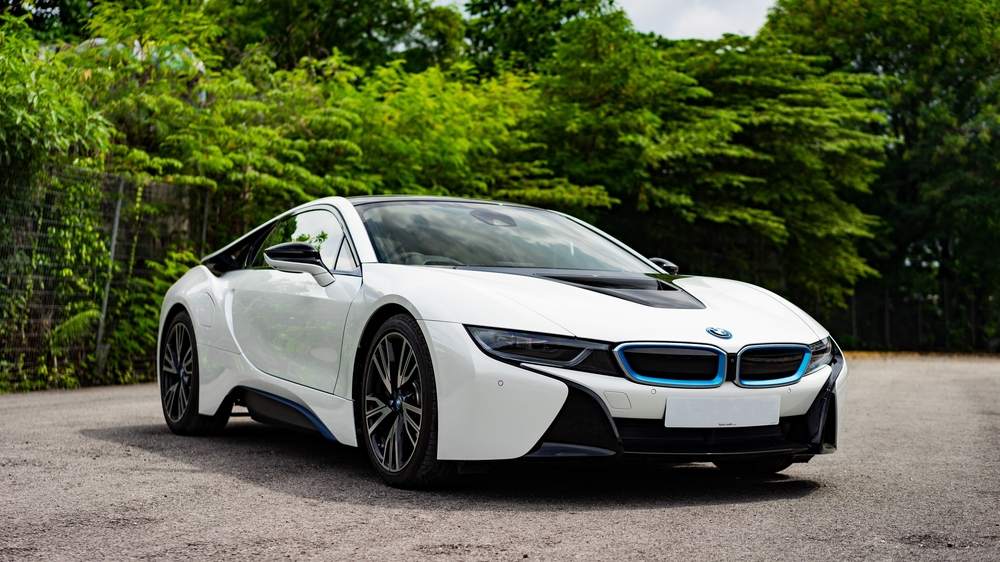
With its hybrid powertrain, sleek design, and futuristic interior, the BMW i8 had the makings of a next-generation supercar. However, its high price tag and limited practicality made it difficult to find a lasting market. While the car performed well, it never quite lived up to its potential as a mainstream luxury vehicle, leaving it as more of a novelty than a commercial success.
Pontiac Aztek

The Pontiac Aztek was meant to be a versatile, adventure-ready SUV with features like a camping package and removable cooler. However, its controversial design alienated buyers, and it became widely mocked for its awkward appearance. Despite its functionality, the Aztek’s poor reception ultimately led to its flop, though it later gained a cult following after its appearance in “Breaking Bad.”
Cadillac ELR
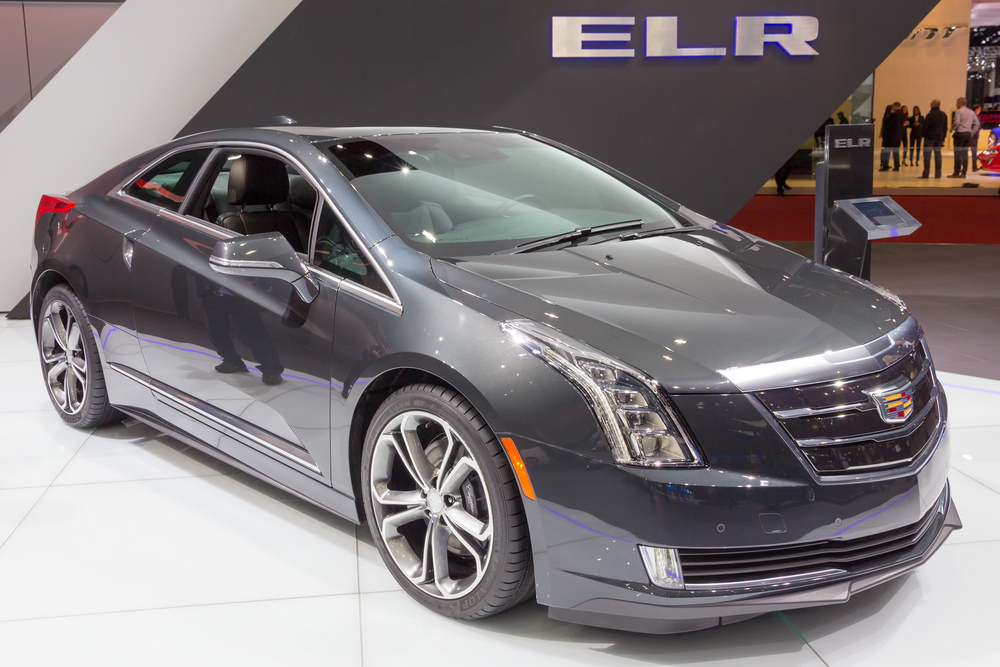
The Cadillac ELR was a luxury plug-in hybrid coupe based on the Chevy Volt’s platform. While its interior was luxurious and its design elegant, its exorbitant price tag—almost double that of a Volt—didn’t justify the limited electric range and middling performance. It couldn’t compete with Tesla, leading to poor sales and a quick exit from the market.
Chrysler TC by Maserati
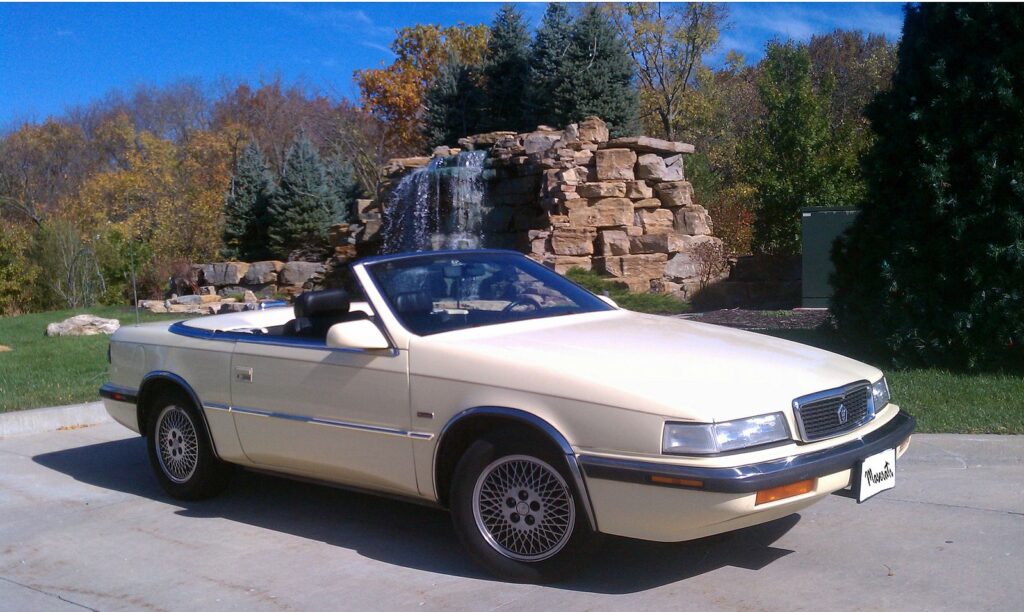
A collaboration between Chrysler and Maserati, the TC was supposed to blend Italian design with American practicality. However, it shared too much with the less expensive Chrysler LeBaron, making it feel overpriced and redundant. Buyers weren’t impressed with the mediocre performance or the lack of true Maserati engineering, which led to its flop.
Renault Avantime
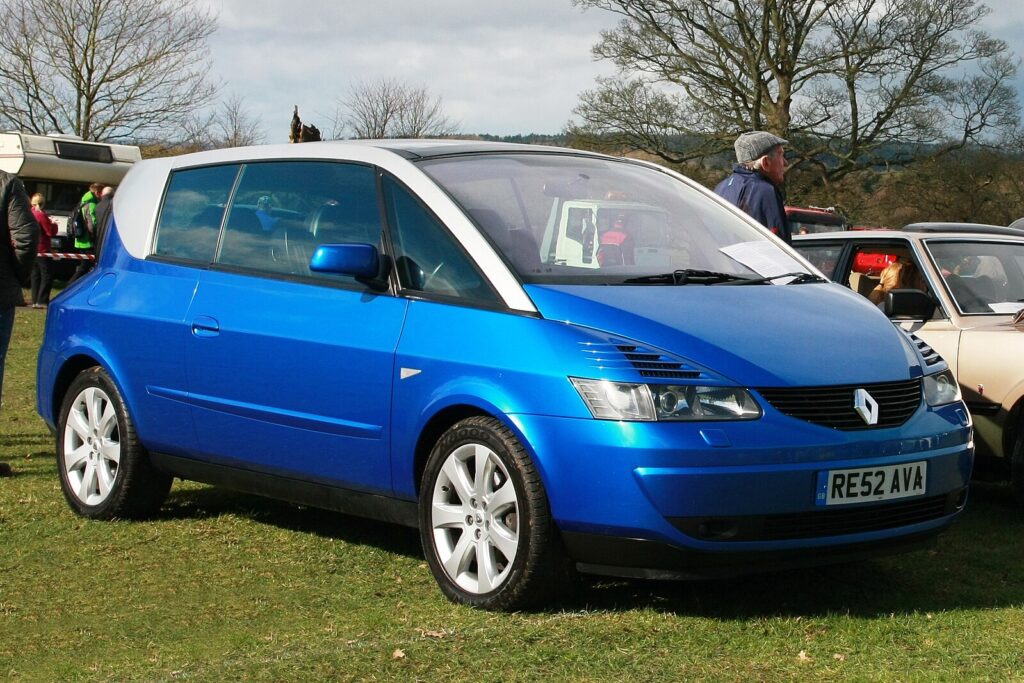
The Renault Avantime was a bold attempt at blending a coupe and MPV, offering futuristic design and spacious interiors. However, its unusual shape confused consumers who didn’t know whether it was a family car or a sporty vehicle. The Avantime’s niche appeal and unclear identity led to its commercial failure, though it remains a curiosity in automotive history.
Subaru SVX

Featuring a unique window-in-window design, the Subaru SVX was a stylish AWD coupe with impressive handling. However, it was too expensive for Subaru’s typical buyers, and its unusual design didn’t appeal to mainstream sports car enthusiasts. Despite its innovative technology, the SVX failed to gain traction in the market.
Jaguar XJ220
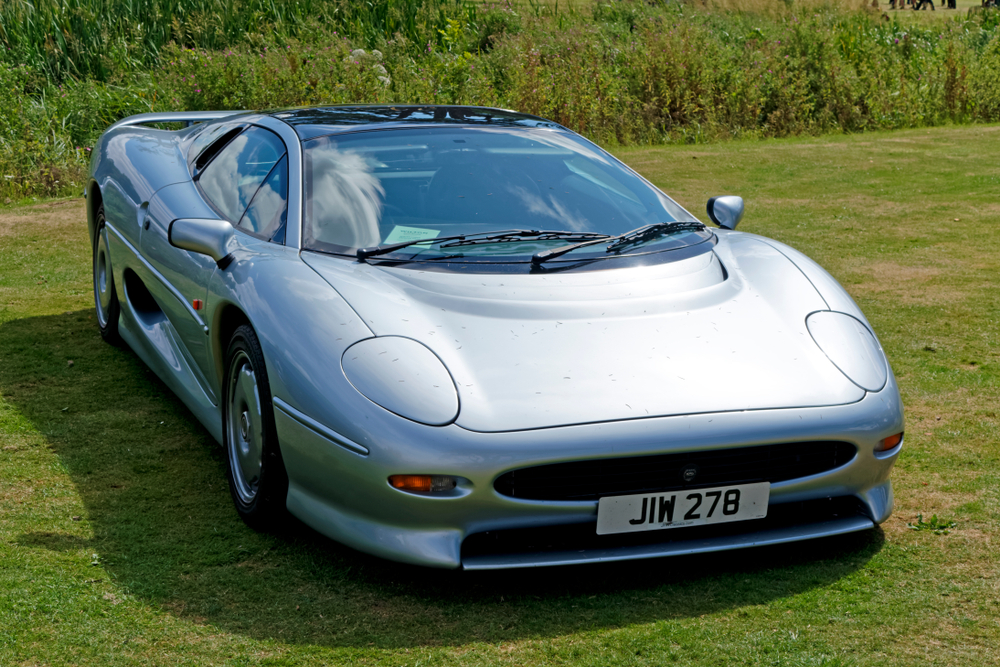
Initially designed to have a V12 engine and all-wheel drive, the Jaguar XJ220 was marketed as one of the fastest cars in the world. However, the final production model featured a smaller V6 engine, disappointing buyers who had expected more. Additionally, production delays and the high price tag turned potential customers away, making it a commercial flop despite its performance.
Saturn EV1
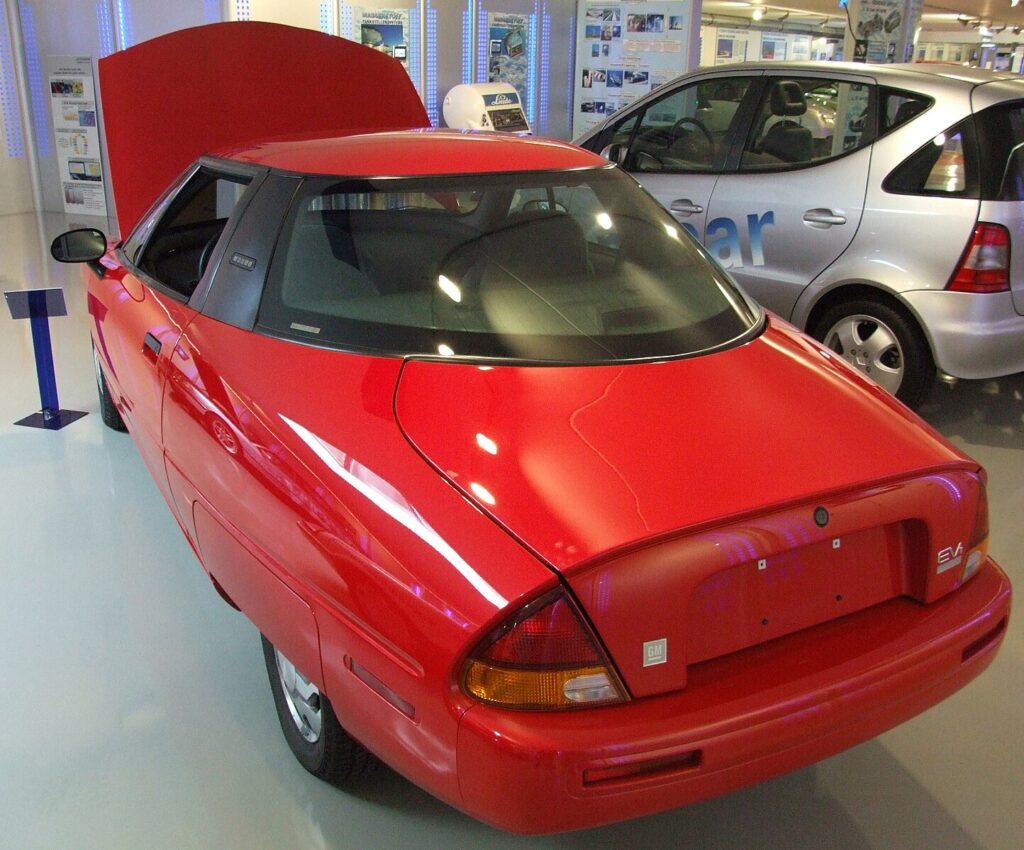
The Saturn EV1 was one of the first electric cars sold in the U.S., praised for its forward-thinking technology. However, GM pulled the plug on the project, citing high production costs and a lack of infrastructure for electric cars. The EV1 remains a symbol of what could have been, sparking controversy and conspiracy theories around GM’s decision.
Peugeot RCZ
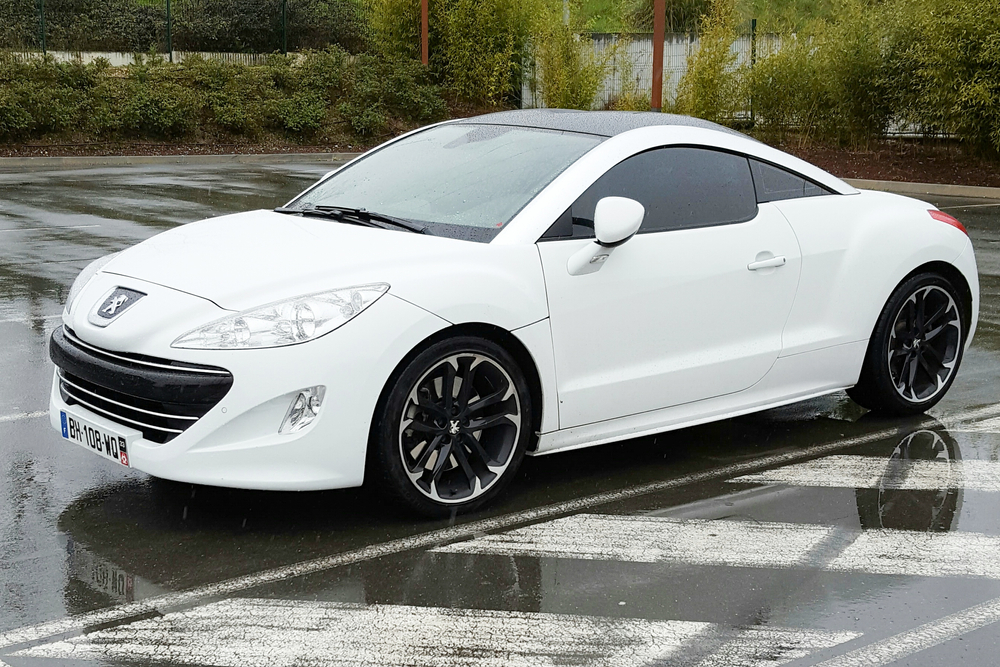
The Peugeot RCZ was a stylish coupe that won design awards for its sleek, sporty looks. However, it never gained significant market traction outside of Europe, and Peugeot discontinued it after a few years. Despite its good looks and solid performance, it failed to become the hit Peugeot had hoped for.
Lincoln Blackwood
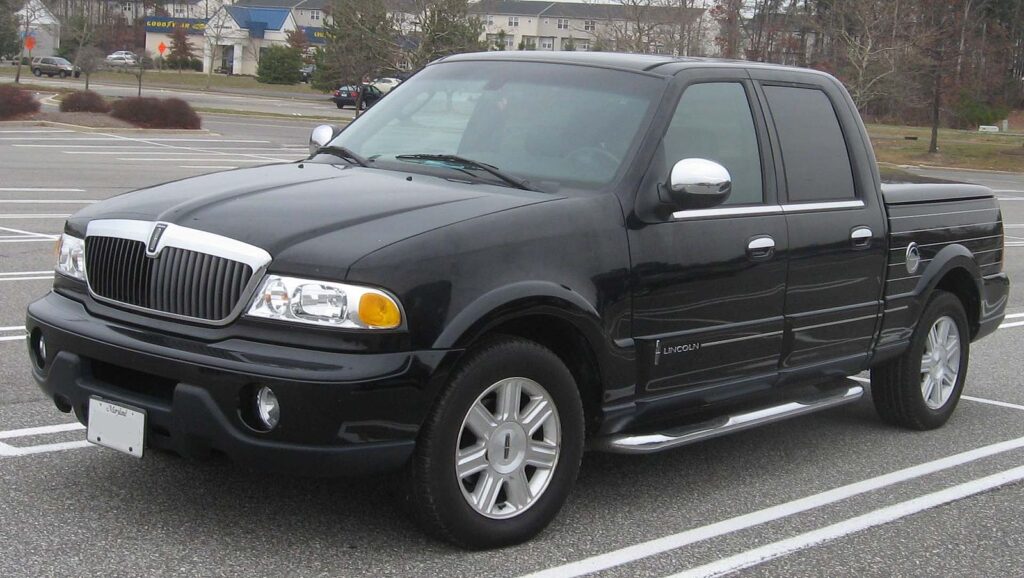
The Lincoln Blackwood was a luxury pickup truck designed for affluent buyers, offering plush interiors and unique features. Unfortunately, its tiny cargo bed and high price tag made it impractical as a truck and unappealing as a luxury vehicle. Sales were abysmal, and it was quickly discontinued.
Aston Martin Cygnet
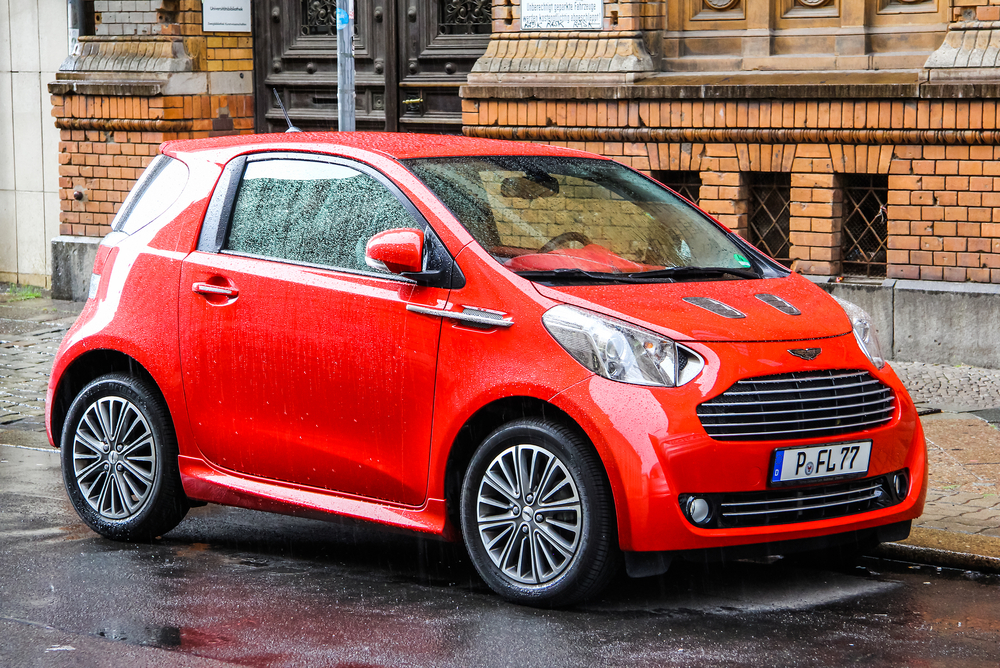
Aston Martin’s Cygnet was a small city car based on the Toyota iQ, designed to meet European emissions standards. Despite its luxurious interior, buyers couldn’t justify the price for what was essentially a glorified compact car. It was Aston Martin’s least successful model, with production ending after only a few years.
Honda Insight (first-gen)
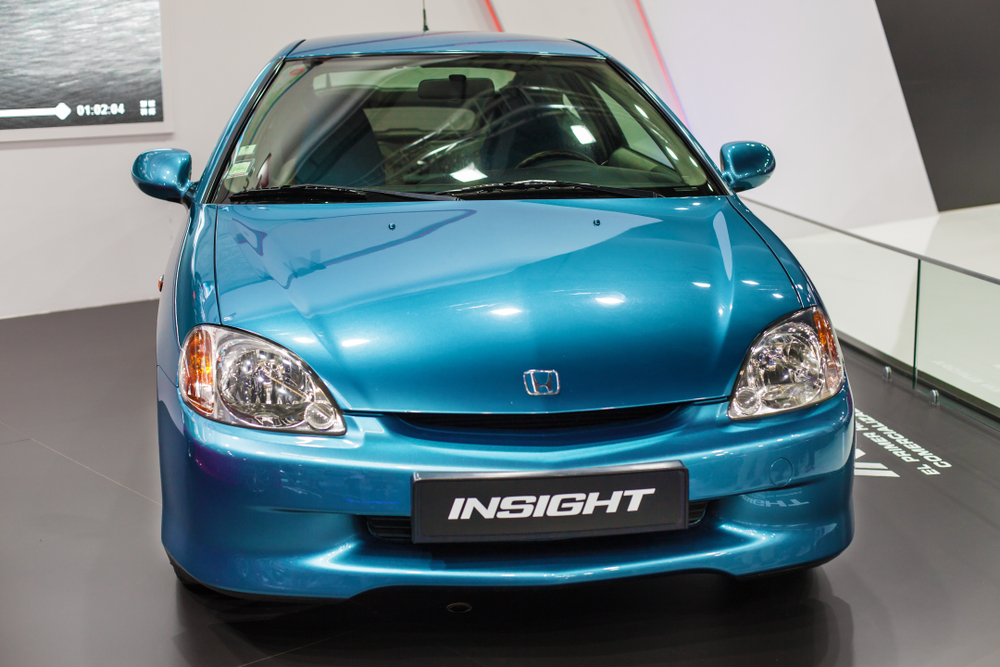
The first-generation Honda Insight was America’s first hybrid, known for its fuel efficiency and aerodynamic design. However, it was a two-seater with limited practicality, and the Toyota Prius, which followed soon after, overshadowed it. The Insight failed to capture the mass market, leading to its discontinuation.
Nissan Murano CrossCabriolet
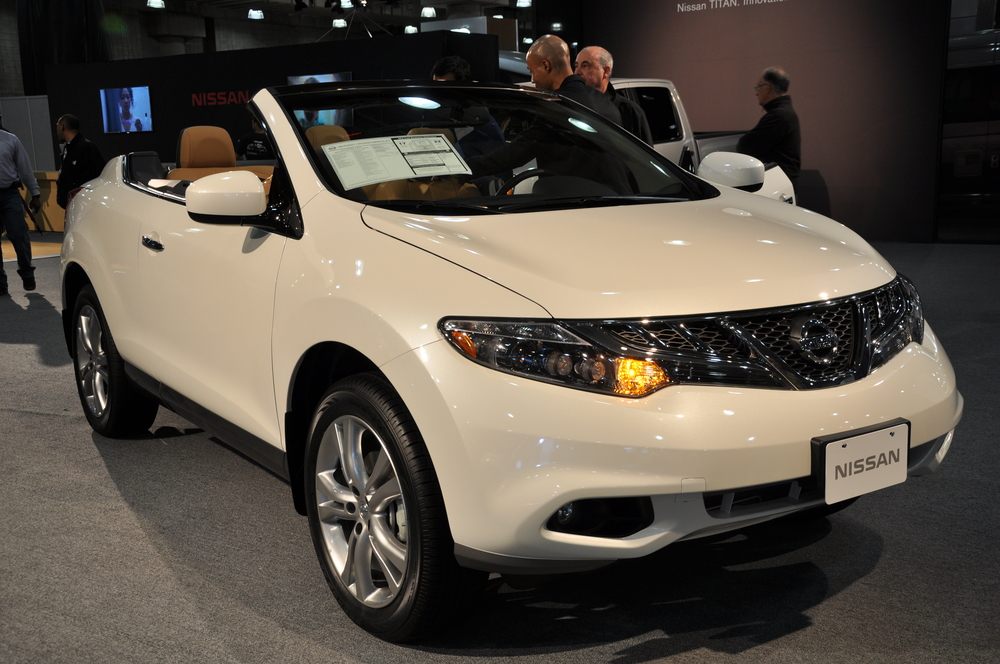
A convertible SUV seemed like a bold move for Nissan, but the Murano CrossCabriolet didn’t find a wide audience. Its odd proportions and impracticality as either a convertible or SUV led to poor sales. It remains one of Nissan’s more experimental designs but ultimately a commercial failure.
Smart ForTwo Electric Drive
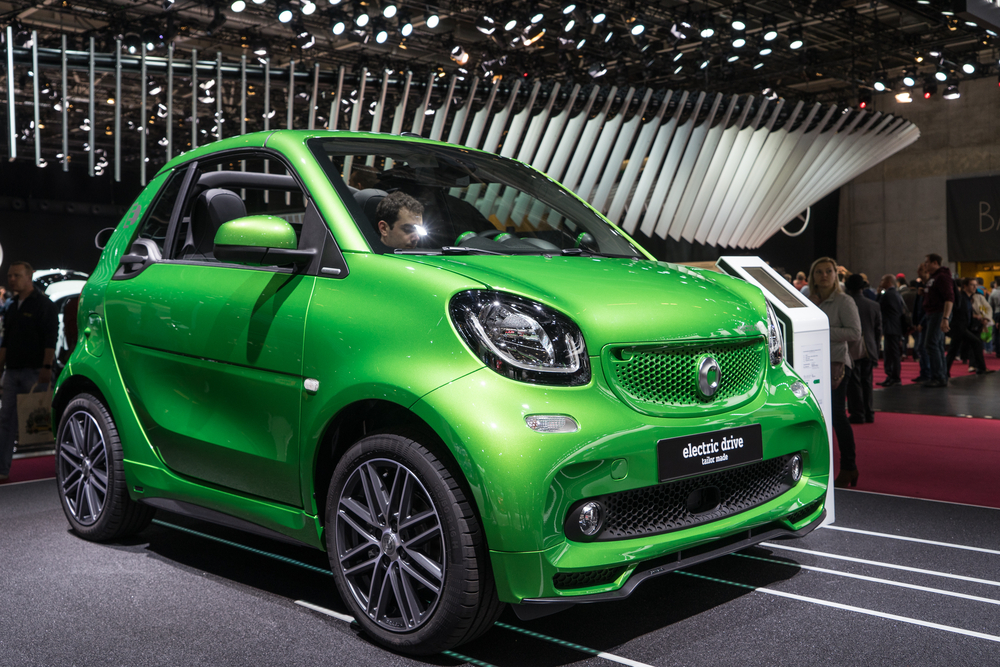
The Smart ForTwo Electric Drive was an ultra-compact electric car designed for city use. While it was easy to park and navigate in urban environments, its limited range and cramped interior made it impractical for most buyers. Other electric cars offered more versatility, causing this tiny vehicle to flop.
Mazda RX-8
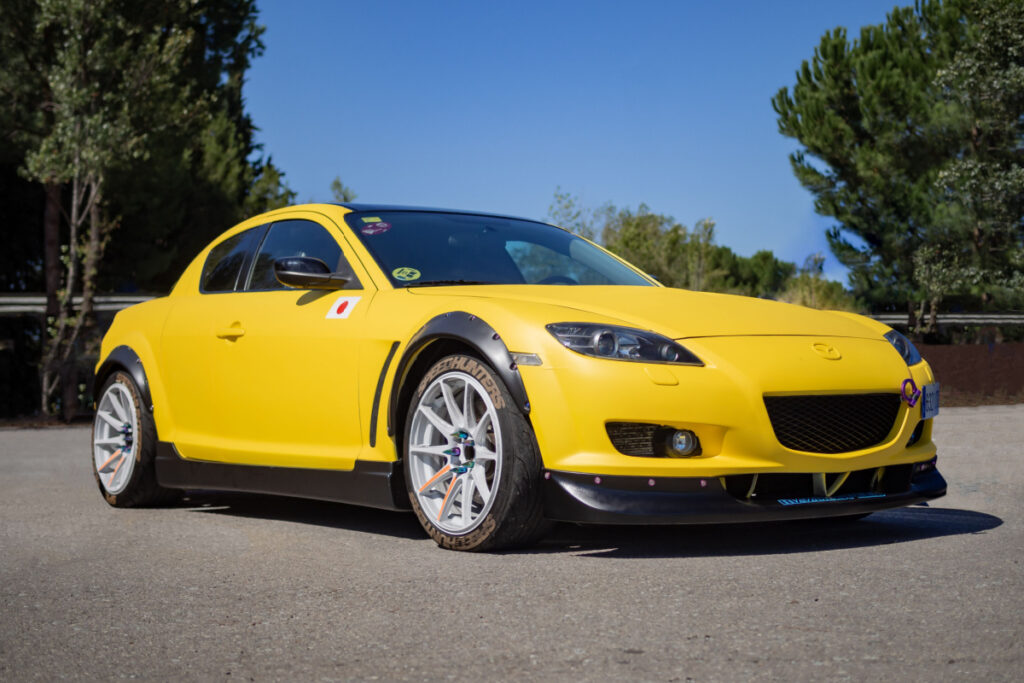
The Mazda RX-8 featured a unique rotary engine that provided smooth, high-revving performance. However, the engine was notorious for poor fuel efficiency and frequent mechanical issues, making it expensive to maintain. Despite its sporty handling, these flaws led to its decline in popularity and eventual discontinuation.
Mitsubishi i-MiEV
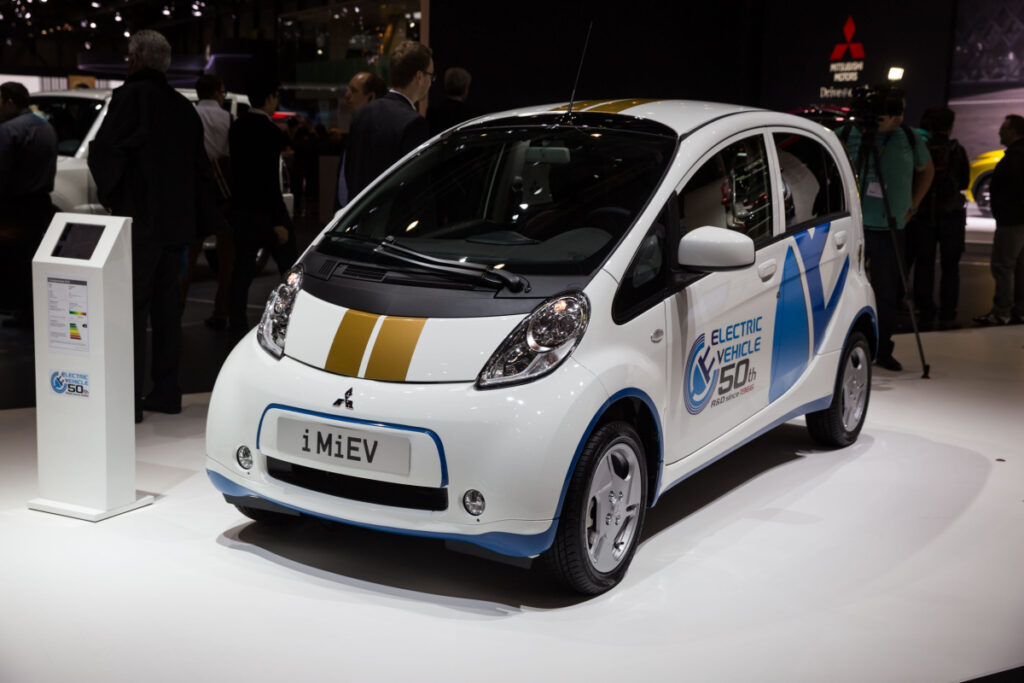
One of the earliest electric cars, the Mitsubishi i-MiEV was compact and eco-friendly. However, its tiny size and very limited range compared to competitors made it impractical for most drivers. Sales were slow, and it was eventually pulled from most markets.
Saab 9-4X

The Saab 9-4X was a luxury SUV with advanced safety features and a stylish design. However, it was released just before Saab declared bankruptcy, and the car couldn’t survive the brand’s collapse. Despite its cutting-edge features, it never had the chance to thrive in the market.
Lotus Evora 400
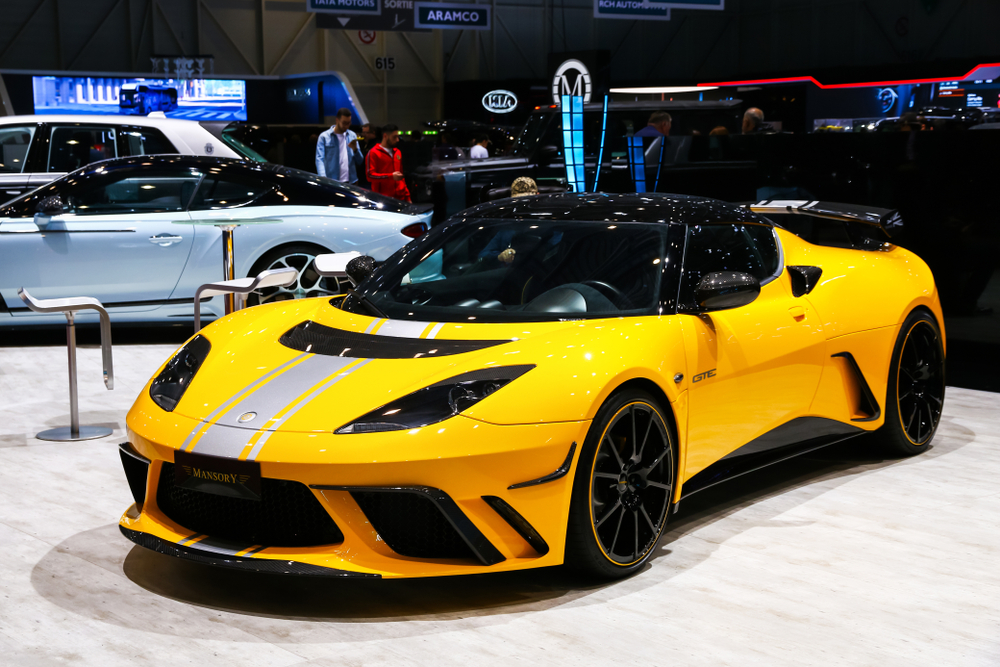
The Lotus Evora 400 was a lightweight sports car with impressive handling and performance. However, it struggled to compete against more established brands offering similar features for less money. While loved by enthusiasts, it never found mainstream success, leading to limited production.
Vector W8
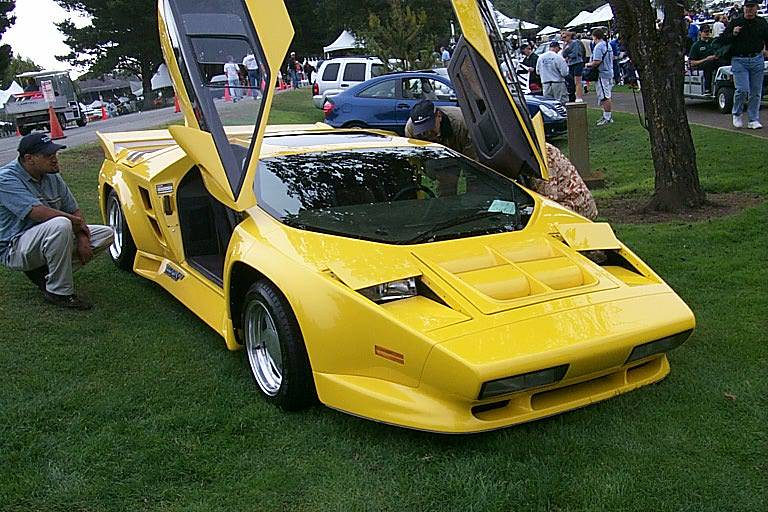
The Vector W8 was a futuristic supercar from America, featuring aerospace-inspired design and a twin-turbocharged V8 engine. However, its production was riddled with delays, and the car suffered from reliability issues. Despite its bold vision, only a handful were produced before the company went bankrupt.
Ford Edsel

The Ford Edsel was meant to be a revolutionary new model, packed with innovative features like a push-button transmission. However, its polarizing design, high price, and marketing missteps made it one of the biggest flops in automotive history. The Edsel became a symbol of commercial failure despite its cutting-edge technology.
This article originally appeared in MyCarMakesNoise.
More from MyCarMakesNoise
16 Top Off-Road Vehicles Built for Extreme Terrain

If you’re an adventure seeker who loves tackling rugged landscapes, having a capable off-road vehicle is essential. From rocky trails to muddy paths, these vehicles are built to handle the most challenging terrains. Read More
10 Cutting-Edge Fighter Jets Dominating Military Aviation

In today’s rapidly evolving military landscape, fighter jets represent the pinnacle of technological advancement and combat capability. These aircraft are equipped with state-of-the-art avionics, stealth features, and powerful engines, making them indispensable tools for modern air forces. Read More
17 High-Performance Motorcycles That Enthusiasts Can’t Get Enough Of

High-performance motorcycles capture the hearts of enthusiasts with their power, speed, and advanced technology. These bikes offer thrilling rides and unmatched performance, making them favorites among riders. Read More


